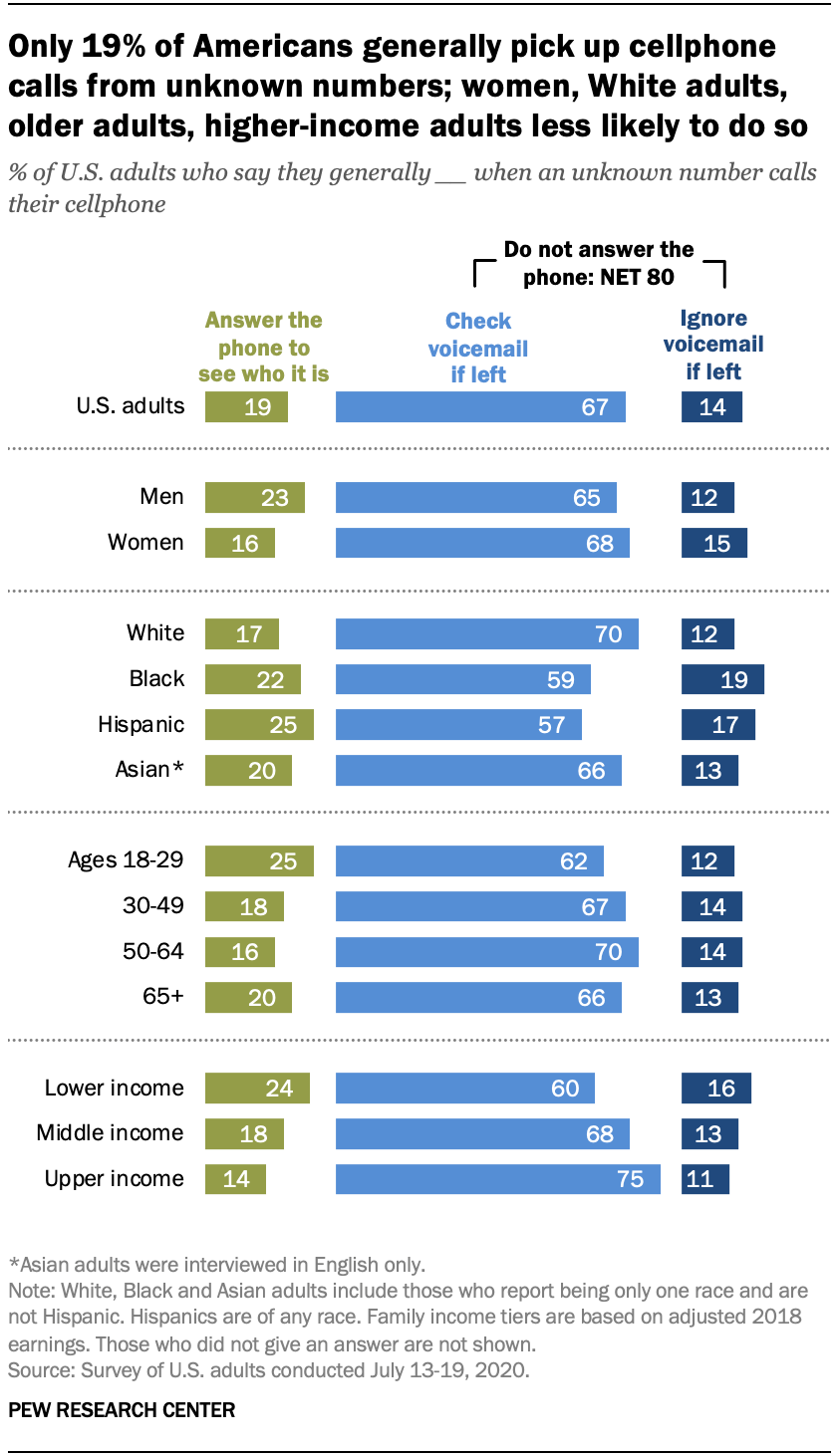

The New Yorker's Sara Larson said director Cheney's "goal isn't so much to inform as to inspire, and it's vicariously exciting to watch his subjects step out of their own research and into that of their peers." Ĭheney places viewers in each setting with sweeping, sparkling vistas of strange beauty that would make David Attenborough weep. Jaworowski said the film "works best as inspiration to delve deeper into these disciplines, and as a celebration of science". Ken Jaworowski's The New York Times review agreed, saying the documentary "extols the wonders of science and of all that's yet to discover", but a drawback is that with 10 minute episodes, it is difficult to grasp the concepts, and the scientists are less skilled as interviewers. Howland also commented on the film's beautiful settings as "photogenic", saying the science was not "deeply explained", but "the scientists' fascination is contagious". Critical responseĭaphne Howland of The Village Voice praised the concept of the film as raising "some of the grandest, if also the most basic, mysteries - like our perception of time or whether there's life on other planets". Finally it was posted as nine individual episodes on YouTube. In the summer it began streaming on Netflix, which had global rights and made it available in 25 languages. Motherboard Tech by Vice Media used a "multimodal release strategy", premiering the film at the Copenhagen International Film Festival on Mait was released in theaters on May 18, 2018. The documentary was directed by Ian Cheney, with advisor Werner Herzog, and was supported by a grant from Science Sandbox, a Simons Foundation initiative "dedicated to engaging everyone with the process of science". Scientists who interviewed each other included microbiologist Jennifer Macalady, physicist Davide D'Angelo, psychologist Axel Cleeremans, astrobiologist Luke McKay, astrophysicist Rachel Smith, geobiologist Victoria Orphan, physicist Jun Ye, neuroscientist Anil Seth, and cognitive psychologist Laurie R. a scientific game of tag", "global game of tag with experts", "beads on a chain of discovery", "a daisy chain of one-on-one interviews / lab tours", "an intellectual relay race or high-IQ speed dating", and "a global relay of encounters in an effort to find commonality of language and purpose as life's big questions are explored".


who visit one another blind-date style", "a round-robin of wonder", "a daisy chain of nine curious scientific minds. Reviewers described the interviews variously as "a La Ronde of intellectuals", "nine scientists.

Then the scientist whose research has just been discussed heads off to a new location (usually remote, always beautifully lensed) where somebody from a separate school of study tells them about what they're up to. Film Journal International said, "In each of the nine segments, one scientist travels to meet another scientist of a different discipline to learn about the research they're doing. "Also, and to ensure healthy and growing black rhino populations, WWF supports efforts to establish new black rhino populations via translocations of rhinos from high-density areas to low-density areas with suitable habitat.The film presents interviews with nine scientists, each conducted by a scientist in another discipline-"a geobiologist, molecular biologist, various physicists studying space and time, cognitive psychologists, and a neuroscientist-who take turns visiting one another to get a cursory taste of the other's field", according to The Village Voice. "WWF is working with government agencies and partners in South Africa, Namibia and Kenya, to support law-enforcement agencies, build supportive surrounding communities, develop and build on innovative tech solutions, and equip and train rangers to stop poachers," he said. While there are now 5,000 black rhinos in existence, poaching is still a big threat to their survival.īas Huijbregts, African Species Director for WWF, said they are working with government agencies to stop poachers. Poaching, for their horn, in the 20th century saw the population decline dramatically and between 19, numbers dropped by 98%. (Image credit: Martin Harvey / WWF) Black Rhinoīlack Rhinos can be found in Namibia and Coastal East Africa.


 0 kommentar(er)
0 kommentar(er)
